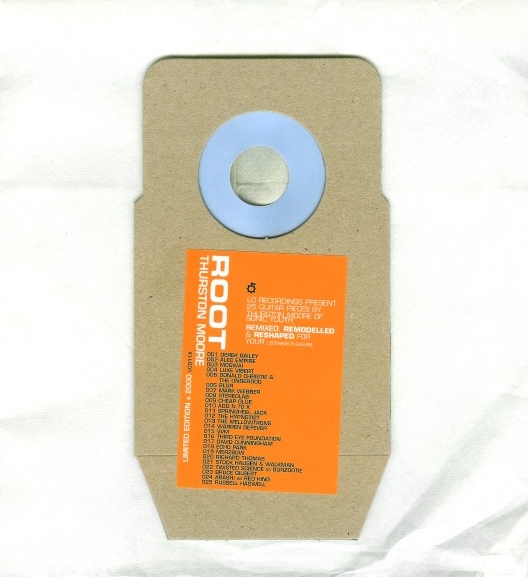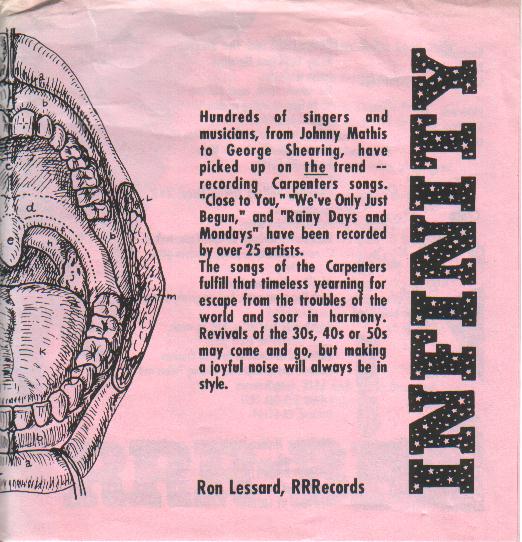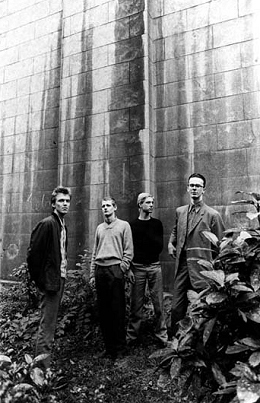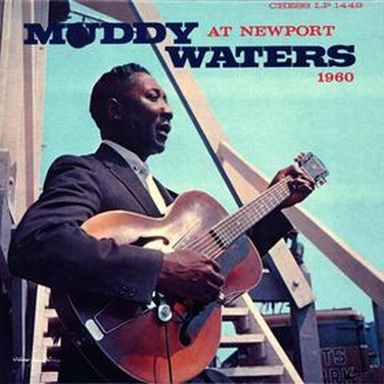This idea for a new topic on Jukebox Heart has been fermenting for a while, and finally late last night it all sort of gelled. In another popular social networking forum, one of my postings veered directly into a discussion of relationship disharmony and my passion for reading. Obviously, the time was right, I thought, to talk about music publications and the delight of an accompanying freebie recording. Hard Copy was born.
With the advent of digital dowmloads, though, it has become much less frequent to find a CD or 7″ single tucked inside any of the more interesting rags, and this is something I miss whenever I checkthem out on my cool record shops’ news stands. The fact is, I have a ton of this shit. I’m sitting here in my studio staring don ten overstuffed boxes of it. So where to begin. This could include anything, from fanzines with handcrafted mixtapes to fully produced books with professionally manufactured CDs attached. I decided to launch this series with Emigre.
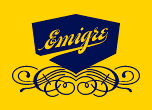
Emigre logo in use c. 2002.
Emigre, as I’m sure many reading this already know, is/was a pioneering type foundry and graphic design firm. Their publication, Emigre Magazine, ran for 21 years and published 69 issues between 1984 and 2005. The “4AD” issue, featuring Vaughan Oliver, 23 Envelope and the design of 4AD Records legendary and is part of the canon for design students globally. Emigre’s alliance with Bruce Licher – the man whose Savage Republic band defined southern California post punk music for nearly a decade and who set a standard of design using hand letterpress techniques in all of his designs for his Independent Projects label – was evident in many of the later issues of Emigre. The union of image, design and music was never a more harmonious relationship than in Bruce Licher’s contributions to Emigre.
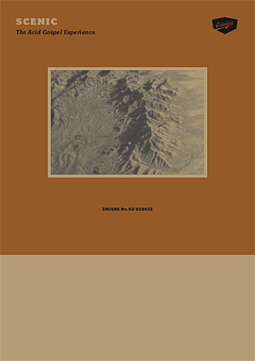
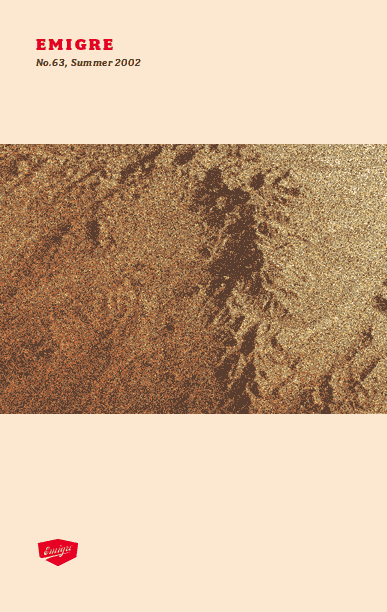
Chipboard wraparound folder (left). Magazine cover (right).
Click on the arrow below to hear “Lightspeed” from Scenic’s “The Acid Gospel Expeience”.
[audio:http://www.jukeboxheart.com/hardcopy/emigre/scenic.mp3]
7:37 | 7.14MB
So here, I am featuring issue number 63 from the summer of 2002. It is accompanied by a CD by Bruce Licher’s post Savage Republic band, Scenic, “The Acid Gospel Experience” premiered in tis format along with Emigre magazine and has since been reissued in a more traditional format. Emigre Magazine always succeeded in marrying the notion of a fully realized journal with a font catalog, typesetting all articles in whatever new typefaces they were marketing at the time. The print component of the issues of Emigre which contained an audio component always thematically matched the music housed inside. This issue includes landscape photography by Jason Fulford, landscape painting by Shelley Hoyt, design ephemera by Charles Wilkin, and music by Scenic, all set in Zuzanna Licko’s Fairplex typeface family, which was premiered in the issue. Each face was presented and described in an essay discussing the font, its development and use.
Below are some page spreads from Emigre 63:
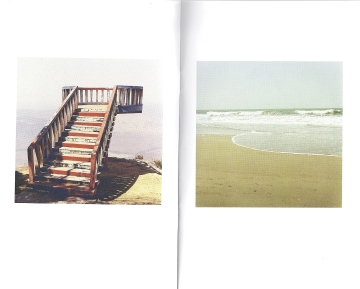
Landscape photos from Jason Fullard
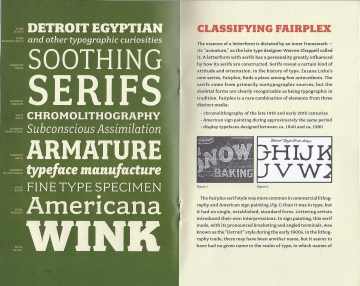
A sample from the essay on the Fairplex font showing some of the available faces.
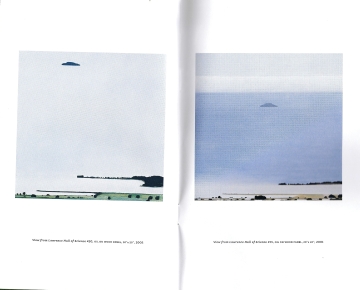
Two of the paintngs from Shelley Fords View From Berkeley series.
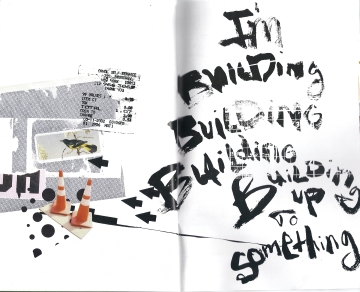
Pagespread from designer Charles Wilkin introducing his Index A font.
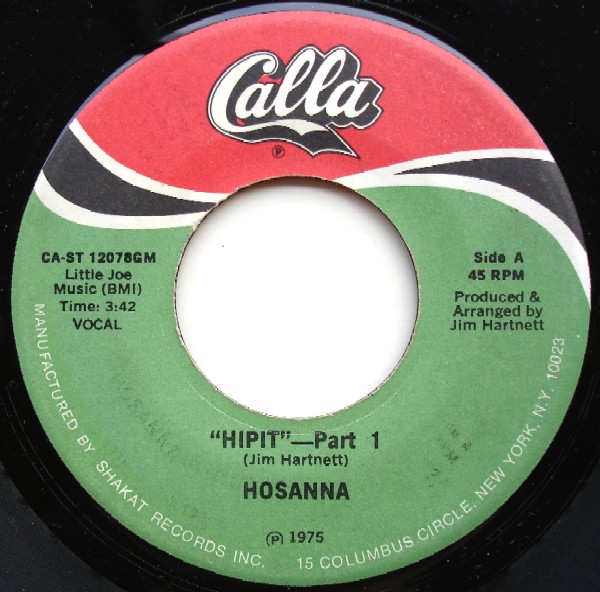
 Feel free to add comments if you can give us some more info…
Feel free to add comments if you can give us some more info… 

